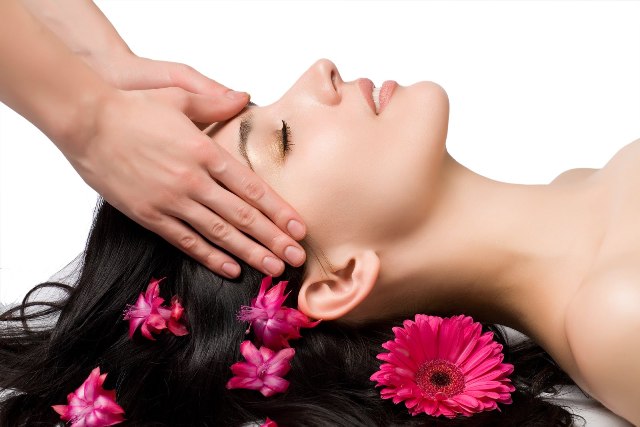Did you know that you can achieve radiant and youthful-looking skin with the power of aromatherapy? Unlock the secrets of this ancient practice and indulge in a revitalizing experience for your face. In this article, we will explore the steps, oils, and masks involved in an aromatherapy facial, and how it can promote a healthy and youthful complexion.
Understanding Aromatherapy for the Face
Before we dive into the specific steps and benefits of an aromatherapy for the face, let’s first understand what aromatherapy is all about. Aromatherapy is a holistic healing practice that utilizes essential oils extracted from plants to promote physical and emotional well-being. These oils, often referred to as the essence of plants, are packed with natural compounds that offer therapeutic benefits for the mind, body, and skin.
Essential oils play a crucial role in aromatherapy. They are highly concentrated extracts derived from various parts of plants, such as flowers, leaves, stems, and roots. Each essential oil possesses unique properties and fragrances, allowing them to address specific skin concerns and evoke a sense of relaxation.

When applied to the skin, essential oils penetrate the epidermis, the outermost layer, and interact with the deeper layers to provide a wide range of benefits. Some essential oils have antibacterial properties, making them ideal for treating acne-prone skin, while others have soothing and calming effects, perfect for reducing redness and inflammation.
Now that we have a grasp of aromatherapy’s origins and the role of essential oils, let’s explore the specific steps involved in an aromatherapy facial.
Aromatherapy Facial Steps
Step 1: Deep Cleansing and Preparation
Before you start an aromatherapy facial, it’s crucial to prepare your skin by thoroughly cleansing it. Cleansing removes impurities and allows the subsequent products to penetrate effectively. Look for aromatherapy facial oils that are suitable for deep cleansing, such as tea tree oil, lavender oil, or chamomile oil. These oils have cleansing and purifying properties, helping to remove dirt, excess oil, and makeup residue from your skin.
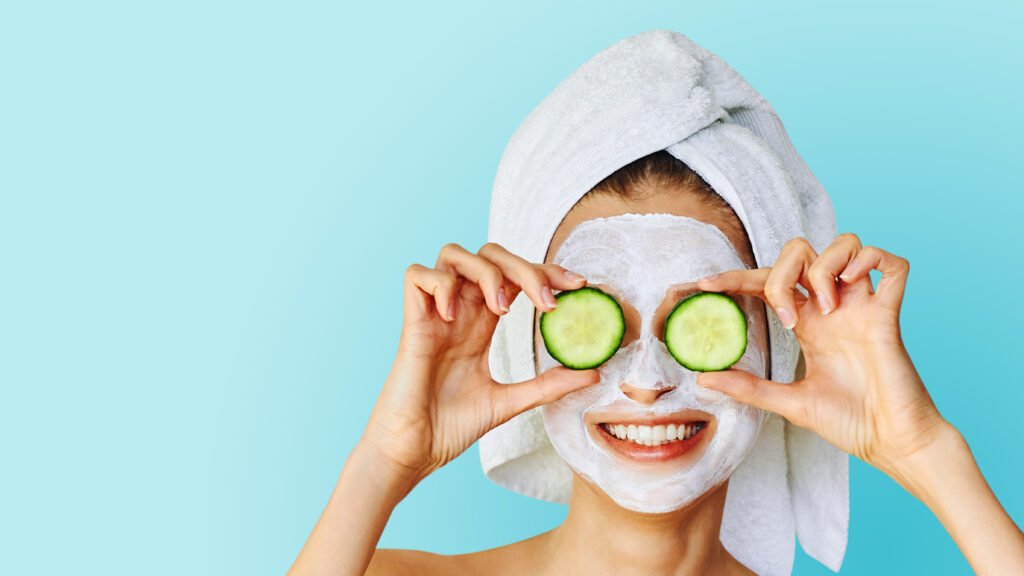
Step 2: Steam and Exfoliation
Steaming your face has multiple benefits. It opens up your pores, allowing the essential oils to penetrate deeply. Fill a bowl with hot water, add a few drops of your chosen essential oil, and create a steam tent by placing your face above the bowl, covering your head with a towel. Enjoy the soothing steam for a few minutes, letting it work its magic.
After steaming, exfoliation is the next step. Gently scrub your face using a natural exfoliant like sugar or finely ground coffee mixed with an essential oil of your choice. This helps remove dead skin cells and reveals a fresh, glowing complexion.
Step 3: Aromatherapy Facial Massage
Facial massage is a key step in an aromatherapy facial, as it promotes circulation, relaxation, and product absorption. Take a few drops of your preferred facial oil and gently massage your face using upward, circular motions. This stimulates blood flow, lifts and tones the skin, and enhances the absorption of the essential oils.
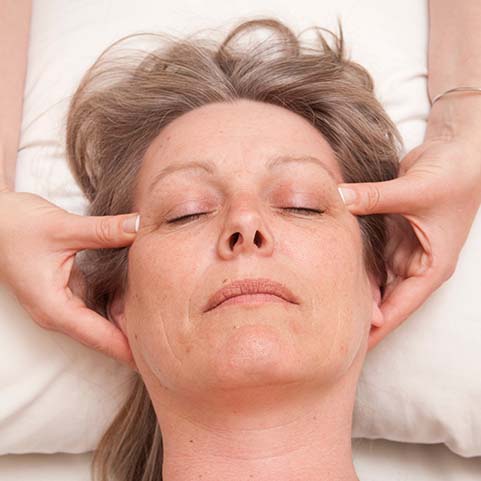
For different skin concerns, choose the appropriate essential oils. For example, if you have dry skin, consider using rose oil or argan oil for added hydration. If you have oily or acne-prone skin, tea tree oil or lemon oil can help balance oil production and reduce breakouts.
Step 4: Aromatherapy Face Mask
Face masks are a delightful part of an aromatherapy facial, providing a potent dose of nourishment and rejuvenation. You can create your own DIY face masks using essential oils or choose ready-made masks infused with aromatherapy oils. Some popular choices include clay masks with lavender oil for calming and tea tree oil for purifying.
Apply the mask evenly to your face and let it sit for the recommended time. As you relax, the mask works its magic, infusing your skin with beneficial nutrients and leaving you with a refreshed and vibrant complexion.
Step 5: Moisturization and Final Touches
The final step in an aromatherapy facial is moisturization. Apply a moisturizer or facial oil enriched with aromatherapy ingredients. This locks in the benefits of the previous steps, seals in hydration, and leaves your skin feeling soft and supple.
Now that we understand the steps involved in an aromatherapy facial, let’s explore the remarkable benefits it can offer for your face.
Benefits of Aromatherapy for the Face
Deep Cleansing and Detoxification of the Skin
Aromatherapy facials go beyond superficial cleansing by reaching deep into the pores to remove impurities and toxins. The essential oils used in these facials have natural antibacterial properties that help clear congested skin, reduce acne breakouts, and promote a healthy complexion.
Nourishment and Hydration for a Radiant Complexion
The powerful botanical compounds in aromatherapy oils provide essential nutrients and hydration to the skin, leaving it plump, radiant, and youthful-looking.
Oils like rosehip seed oil, jojoba oil, and argan oil are rich in antioxidants, vitamins, and fatty acids that help repair and rejuvenate the skin, combating signs of aging and promoting a healthy glow.
Calming and Soothing Effects to Combat Stress and Inflammation
Aromatherapy facials offer more than just physical benefits; they can also have a profound impact on your emotional well-being. Essential oils like lavender, chamomile, and bergamot have calming and soothing properties that help reduce stress, anxiety, and inflammation. Incorporating these oils into your facial routine creates a soothing experience that benefits your skin and mind.
Anti-Aging Benefits for a Youthful Appearance
The natural compounds present in aromatherapy oils possess powerful anti-aging properties. They help stimulate collagen production, improve skin elasticity, and reduce the appearance of fine lines and wrinkles. By regularly incorporating aromatherapy facials into your skincare routine, you can achieve a more youthful and vibrant complexion.
Now that we understand the numerous benefits of aromatherapy for the face, it’s important to choose the right oils and products that suit your skin’s needs.
Choosing Aromatherapy Oils and Products for the Face
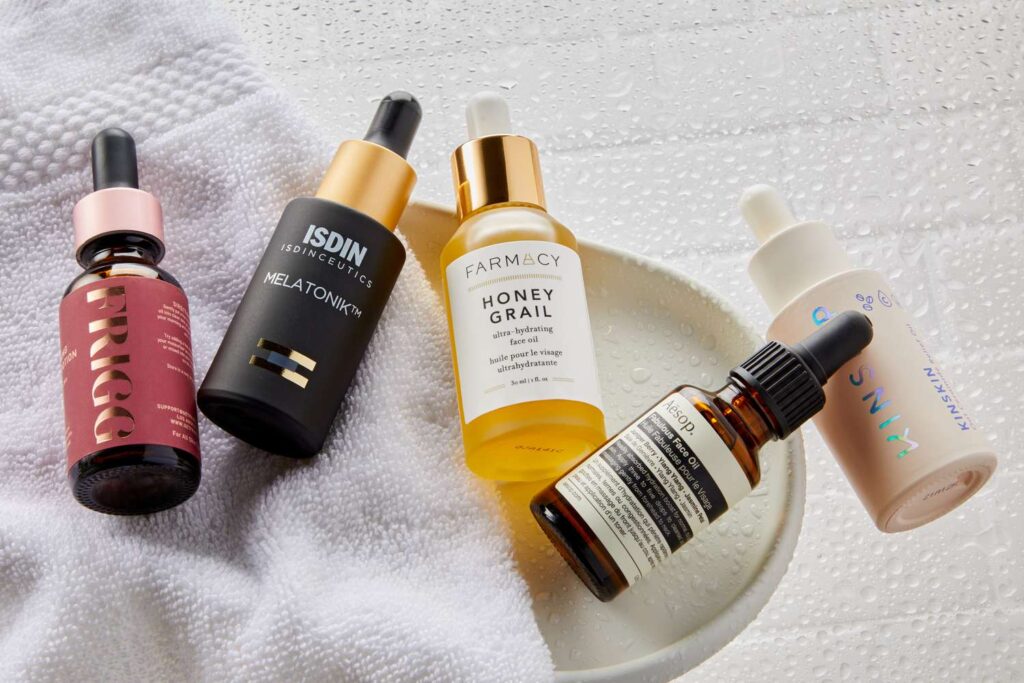
When selecting aromatherapy oils for your facial routine, keep the following tips in mind:
- Look for high-quality essential oils from reputable brands.
- Choose oils that are suitable for your skin type and concerns.
- Conduct a patch test to ensure you don’t have any adverse reactions before applying oils to your face.
For face masks and creams, opt for products that are specifically formulated with natural ingredients and essential oils. Consider the texture, fragrance, and compatibility with your skin type when making your selection.
Safety Guidelines and Tips for Aromatherapy Facials
While aromatherapy facials can be incredibly beneficial, it’s important to follow some safety guidelines:
- Always dilute essential oils before applying them to your face to prevent skin irritation. Use carrier oils like jojoba oil, almond oil, or coconut oil to dilute the essential oils.
- Perform a patch test on a small area of your skin to check for any allergic reactions or sensitivities.
- Consult with a professional aromatherapist or skincare expert if you have specific skin concerns or are unsure about using certain oils.
By prioritizing safety and adhering to these guidelines, you can enjoy the full benefits of aromatherapy facials without any risks.
Incorporating Aromatherapy into Your Skincare Routine
Apart from indulging in aromatherapy facials, you can also incorporate aromatherapy into your daily skincare routine. Here are some suggestions:
- DIY Aromatherapy Facial Recipes and TechniquesExperiment with different DIY facial recipes using essential oils. For example, mix a few drops of your favorite essential oil with a carrier oil and use it as a daily facial moisturizer. You can also create customized facial mists or toners by adding essential oils to distilled water.
- Professional Aromatherapy Facials and Their BenefitsConsider visiting a professional aromatherapist or esthetician who specializes in aromatherapy facials. They can provide personalized treatments tailored to your skin’s needs, ensuring optimal results and a truly rejuvenating experience.
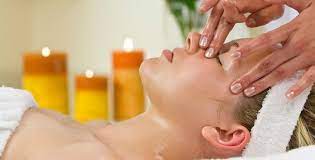
In conclusion, aromatherapy facials offer a holistic approach to skincare, combining the therapeutic benefits of essential oils with facial massage, masks, and moisturizers. By incorporating aromatherapy into your routine, you can achieve a healthy, radiant complexion while enjoying the sensory delights of natural fragrances and relaxation. Embrace the power of aromatherapy and indulge in a revitalizing experience for your face.
Key Takeaway Table:
| Key Points | Details |
|---|---|
| Aromatherapy facials cleanse, nourish, and rejuvenate | – Deep cleansing and detoxification |
| – Nourishment and hydration | |
| – Calming and soothing effects | |
| – Anti-aging benefits | |
| Choose high-quality essential oils and skincare products | – Look for reputable brands |
| – Consider your skin type and concerns | |
| – Conduct patch tests before use | |
| Follow safety guidelines for dilution and testing | – Dilute essential oils |
| – Perform patch tests | |
| – Consult professionals for guidance | |
| Incorporate aromatherapy into daily skincare routine | – DIY facial recipes and techniques |
| – Professional aromatherapy facials and their benefits |
Remember, your skin deserves the best care possible. Embrace the world of aromatherapy and embark on a journey toward radiant and youthful-looking skin.
